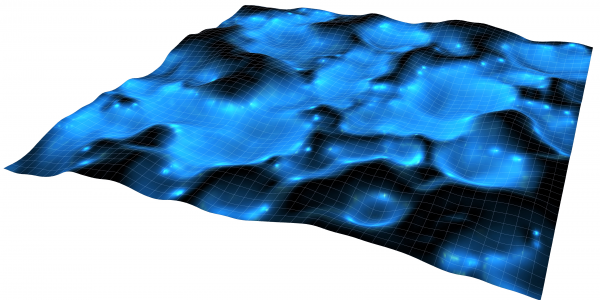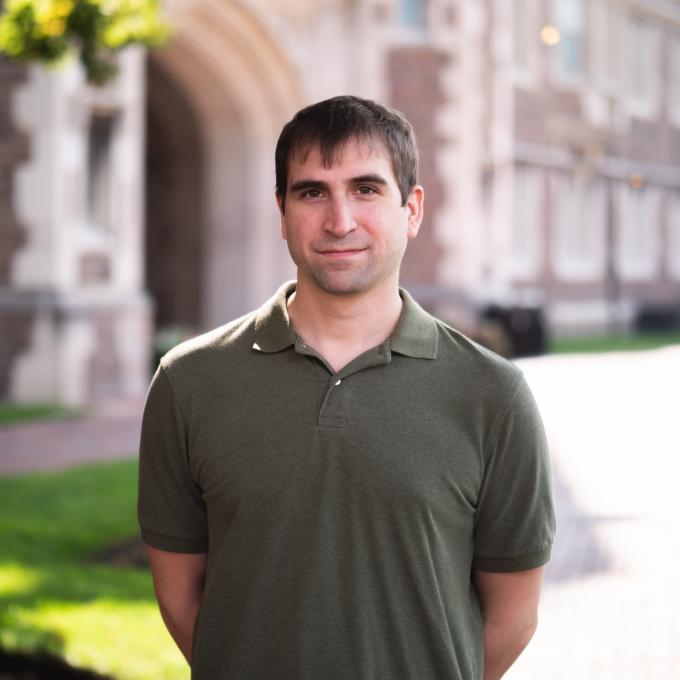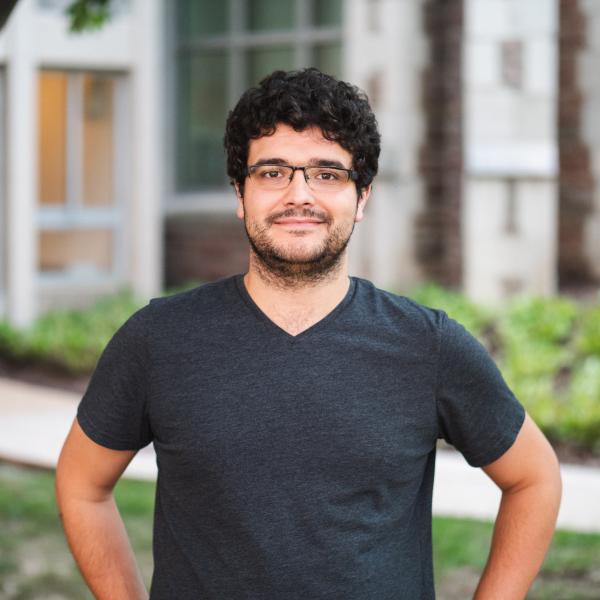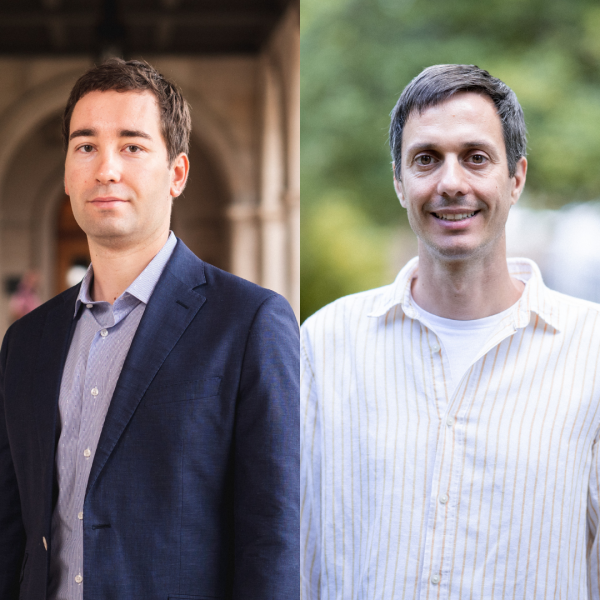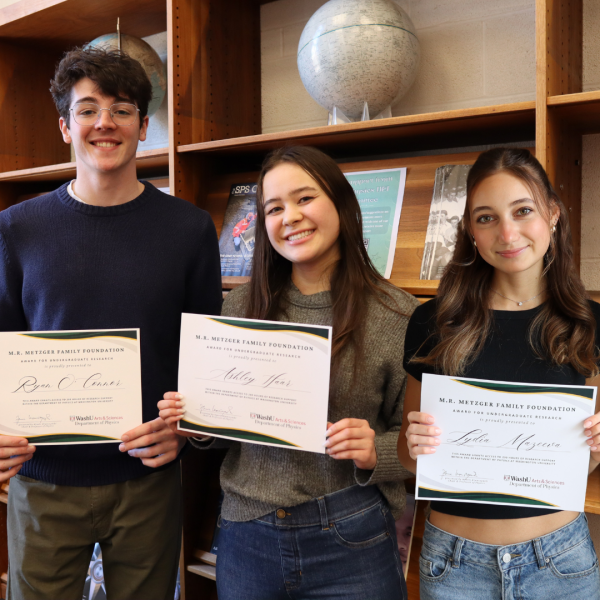Jim Mertens recently joined the Department of Physics as Assistant Professor and is a Fellow of the McDonnell Center for the Space Sciences.
Mertens’ research is in relativistic cosmology, specifically the numerical modeling of general relativistic spacetimes in a cosmological setting.
Despite remarkable advances in our understanding of cosmology in recent years, a number of questions remain: what is causing the expansion of the Universe? What are dark matter and dark energy? What did our Universe look like in its infancy? As observers confined to a particular location, we unfortunately cannot take a snapshot of our entire Universe; we are only able to see information on our past lightcone. Information that has traveled to us in the form of photons, particles, or gravitational waves, has traveled through an inhomogeneous spacetime, becoming lensed and otherwise distorted. Mertens’ work involves modeling such physics so we can accurately and precisely interpret the properties of our observable Universe.
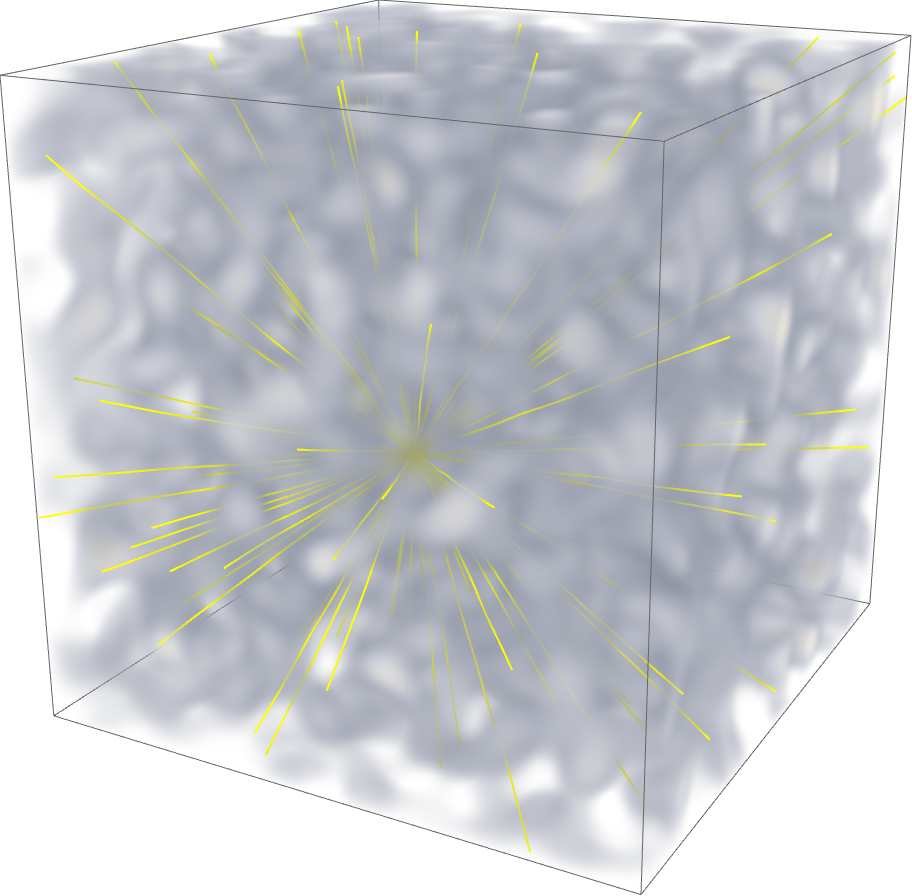
This line of research has resulted in the first general relativistic cosmological N-body simulations, which have been used to probe the behavior of cosmological spacetimes and the propagation of information through them. General relativistic effects have been shown to be especially important on ultra-large, observable-Universe-sized scales, where they distinctly modify the observed distribution of matter. Mertens and his research group look for new ways to test our understanding of these phenomena and how they can be used to gain insights into fundamental cosmological questions.
Before arriving at Washington University, Mertens was a CITA National Fellow at York University in Toronto, and associate postdoctoral researcher at the Perimeter Institute for Theoretical Physics. Since moving to St. Louis, Mertens has enjoyed exploring the area, spending time with family, and camping.
Caption: The banner image above is a visualization of the curved space-time sea from general relativistic simulations of our universe.

